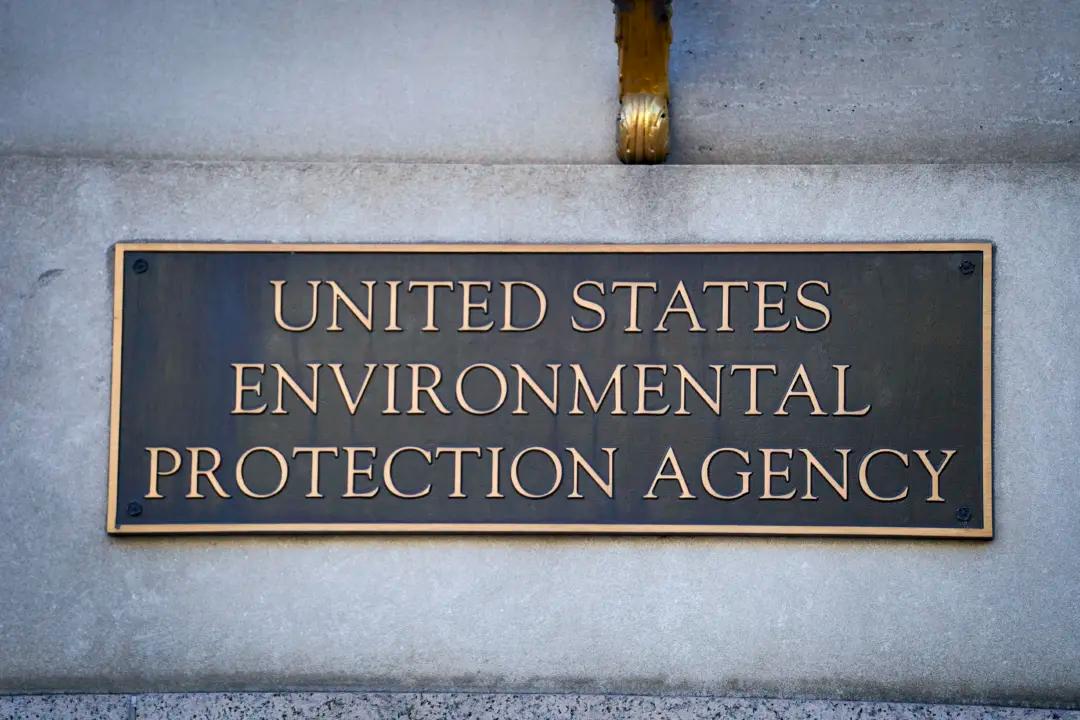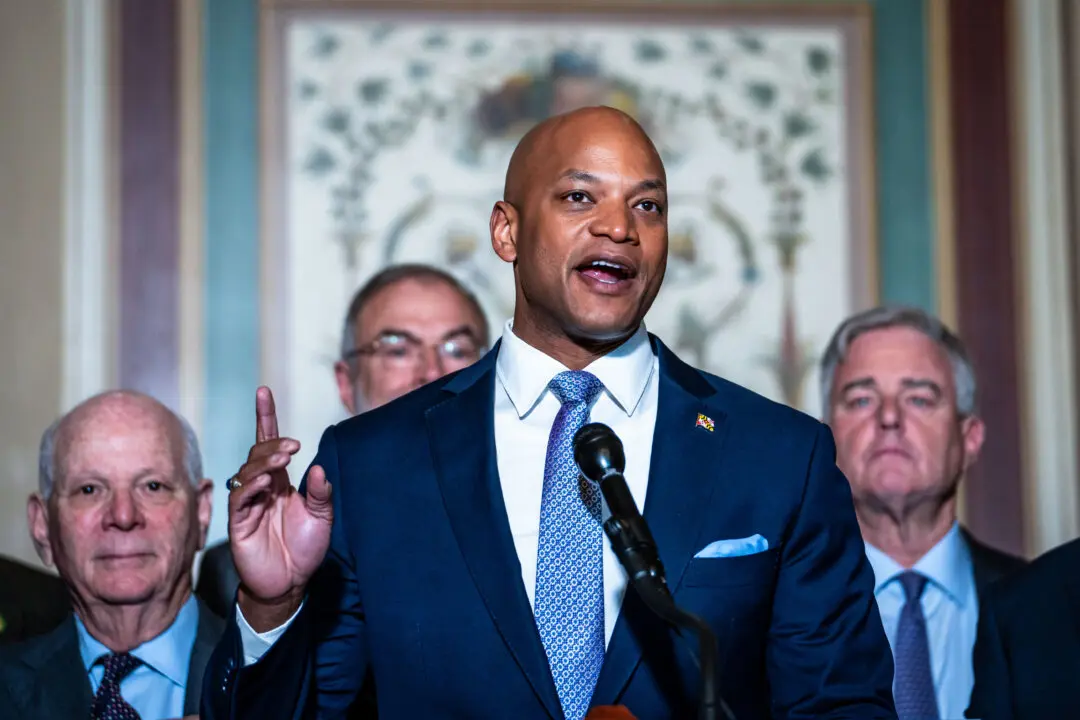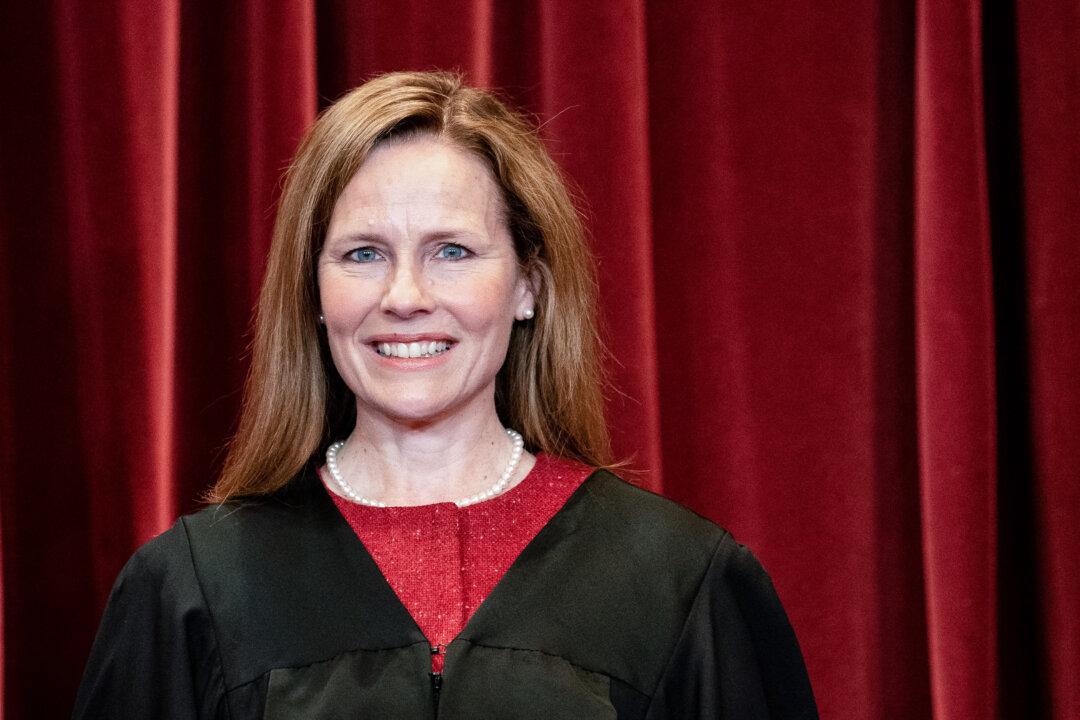San Francisco will invoke the Supreme Court’s landmark ruling from last month that weakened federal regulators’ power in its upcoming case challenging federal wastewater discharge regulations, according to a brief that the city filed with the high court on July 19.
The city is arguing that Environmental Protection Agency (EPA) officials misinterpreted a provision of the federal Clean Water Act of 1972 when they issued a discharge permit. In issuing the permit, the officials deviated from the framework of the statute so much that they revived the old regulatory approach that the law had replaced, according to the city.
The Loper Bright ruling is expected to be widely cited in lawsuits challenging federal regulations. It’s also expected to make it more difficult for government officials to generate new regulations.
The issue in the case, known as City and County of San Francisco v. EPA, is whether the agency is allowed to impose vague limitations on how much pollution may be present in wastewater discharged by water utilities.
The Supreme Court granted the city’s petition without comment on May 28. Oral arguments in the case haven’t yet been scheduled but are expected to take place at some point during the court’s new term, which begins in October.
According to the city, its most recent permit is one of many issued across the country that failed to notify the permit holders about what they must do to comply with the Clean Water Act.
The city’s permit states that San Francisco may not cause or contribute to “exceedances” of water quality standards. Instead of simply advising the city “how much it needs to control its discharges to comply with the Act,” the EPA’s “generic prohibitions leave the City vulnerable to enforcement based on whether the Pacific Ocean meets state-adopted water quality standards,” the petition states.
In July 2023, a divided U.S. Court of Appeals for the Ninth Circuit rejected San Francisco’s appeal and affirmed the EPA’s power to specify generic limits or “general narrative prohibitions” on discharges under the Clean Water Act.
The permit issued to the city is sufficiently specific, she wrote.
For example, it states that the discharged water cannot adversely affect the pH of the water into which it is released and that “floating particulates and grease and oil shall not be visible,” Ms. Prelogar wrote.
When the EPA renewed the city’s permit “to discharge treated effluent into the Pacific Ocean ... EPA imposed conditions that require the City to avoid any discharge that causes or contributes to a violation of water quality standards.”
Effluent is liquid waste or sewage discharged into a body of water.
The Ninth Circuit erred in upholding the permit conditions which “impermissibly measure the City’s compliance based on whether the receiving waters meet water quality standards, instead of whether the City’s discharges meet effluent limitations,” according to the brief.
The agency’s interpretation of the Clean Water Act makes it difficult to comply because “a waterbody’s ability to meet water quality standards at any time depends on pollutants that all sources—not just San Francisco—contribute.”
This means that the city doesn’t have the advanced notice it needs to “control its discharges to comply with the Generic Prohibitions,” the brief states.
On June 4, the Supreme Court directed the EPA to file its brief on the merits by Aug. 26.
The U.S. Department of Justice, which is representing the EPA, didn’t respond by publication time to a request by The Epoch Times for comment.







